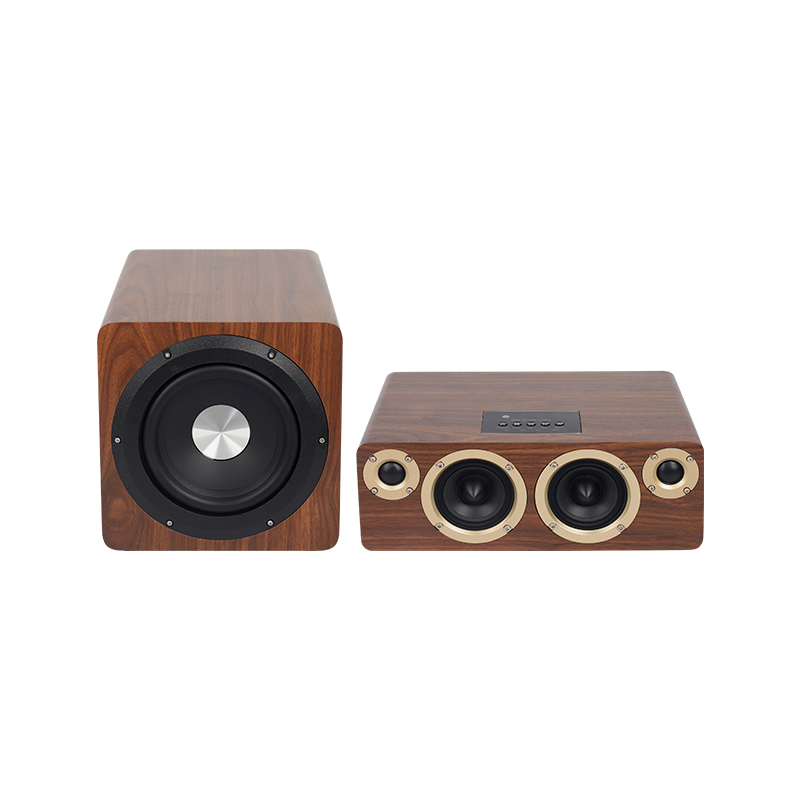The earliest form of KTV was karaoke, and Karaoke was invented in 1971 by Kobe's Kobe's "Oki Oda". The name of the karaoke is a combination of Japanese and English. Kara is the meaning of Japanese [(ラ (KAA)], which means [empty]. OK is [orchestra] in English, and its original meaning is [Orchestra Orchestra], which is extended here to accompaniment. Then the two vocabulary combinations become [unmanned accompaniment], which means that there is no real band accompaniment during singing, only audio and video accompaniment. Usually, at the same time, the music accompaniment of the storage media such as the video of the video and the vocal vocals is played simultaneously. At the same time, the lyrics with joint prompts are placed on the TV screen, and then the participants watch the lyrics while holding a microphone. "Kara OK" is a accompaniment system. Its original intention is that the singer of "Bandless Singing" can participate in singing with pre -recorded music accompaniment. "Kara OK" can beautify and decorate the singer's voice through sound processing. When it is organically combined with music accompaniment, it becomes a three -dimensional sound song. This accompaniment method has brought great convenience and joy to singing enthusiasts.

With the development of electronic technology, the reverberation effect is added to the accompaniment; at the same time, the accompaniment zone quickly replaces the vocal cords. In this way, as the rhythm of music reminds the singer's prompt lyrics, and see the performance of the picture with the artistic conception of the song and the performance of the original singer. Shortly after that, the image of the image clear and realistic laser disc (LD) quickly replaced the shadow belt. Simple display and microphone and VCD can be called karaoke. Cara OK provides great convenience and fun for singing, becoming a form of entertainment for ordinary people in Japan, and then entering the European continent, which is popular all over the world. At the same time, it also appears in various grades of entertainment facilities, such as bars, song and dance halls, restaurants, etc.
KTV is another generation of karaoke. It is a combination of the first word of Karaoke English Karaoke in English and the English word of TV and TV. It is an independent consumption place with a certain combination of privacy and closed space. This form first appeared in Taiwan and Hong Kong, and entered Shenzhen, mainland China in the late 1980s. In the 1990s, Mainland China successively developed VCD and DVD systems. In the late 1990s, it was re-developed into a VOD system (Video-on-Demand, that is, to play video streams according to needs). Users can retrieve any programs in the system at any time, and You can control the playback of the program independently, so that the playback programs are more and faster, making the service more in line with the customer's consumption desire and needs. At the same time, various entertainment markets have also appeared in the KTV squares and KTV cities of various entertainment projects.
In January 1995, since the Taiwan Capital KTV (Shanghai Jing'an Store) has settled in the Mainland, the KTV industry officially sprouted in mainland China. In 1998, Taiwanese investors opened Shanghai Holudi Gas CTV in Shanghai (imitating Taiwan Hollying Chain KTV). It suddenly formed the KTV development model in Shanghai, and then the heroes were gathered together, and a hundred schools were arguing. In Taiwan, the genuine Holydi Group, which was truly successfully operated in Taiwan, was evaluated in 2002. Genuine Herodi, and achieved unprecedented success.